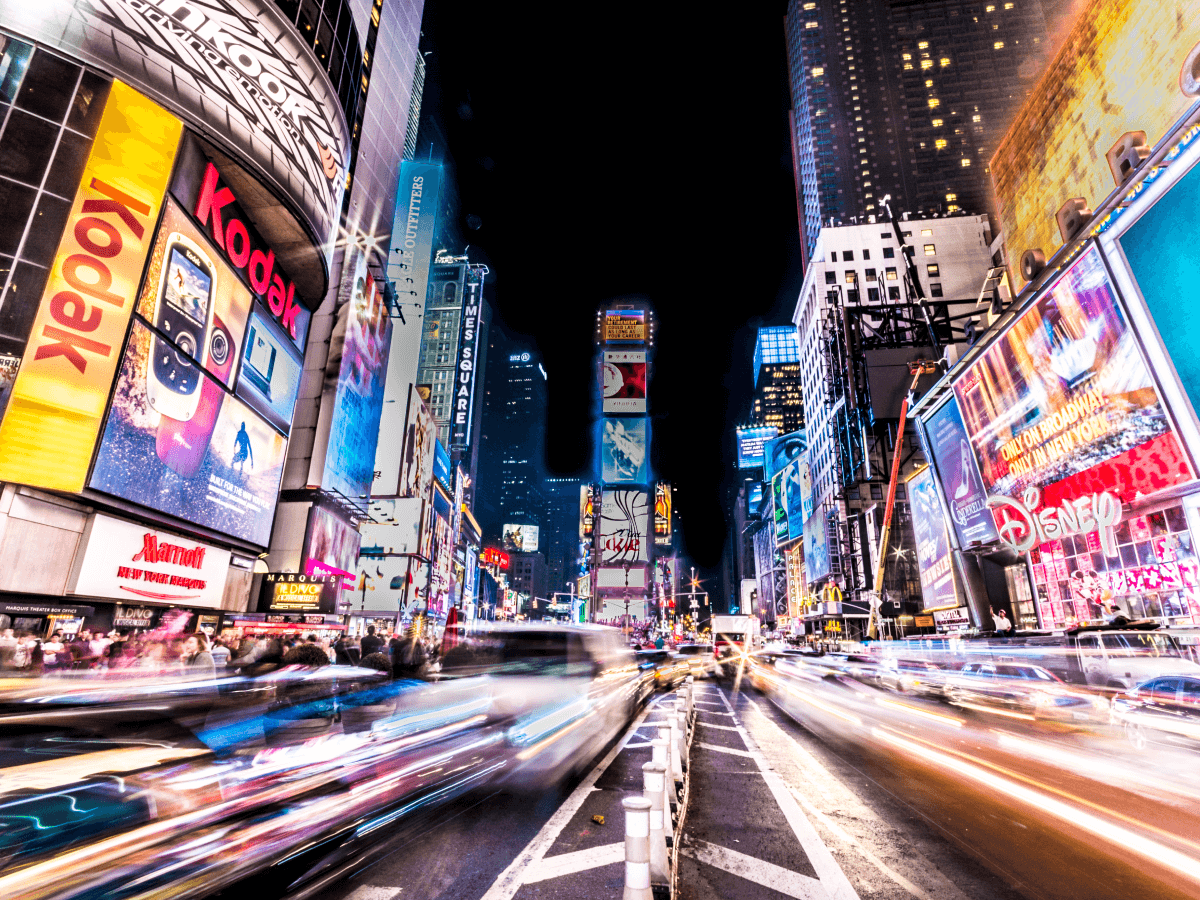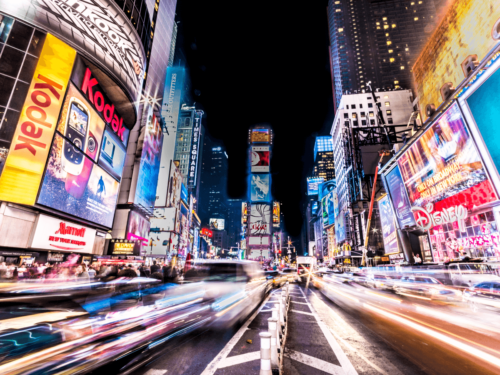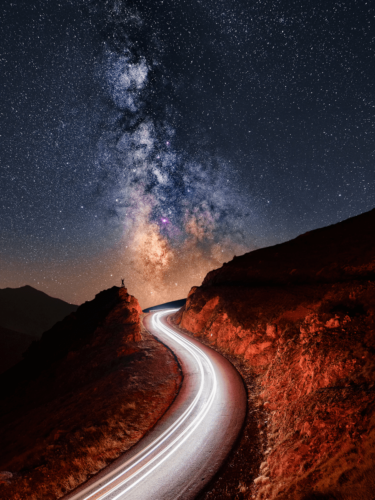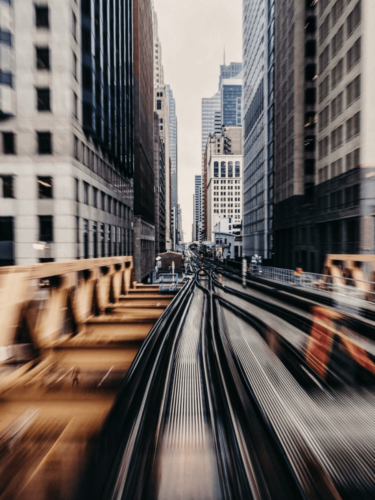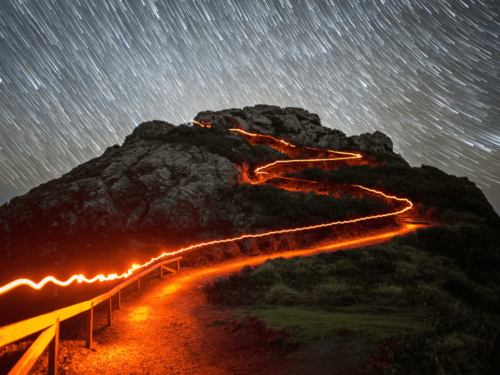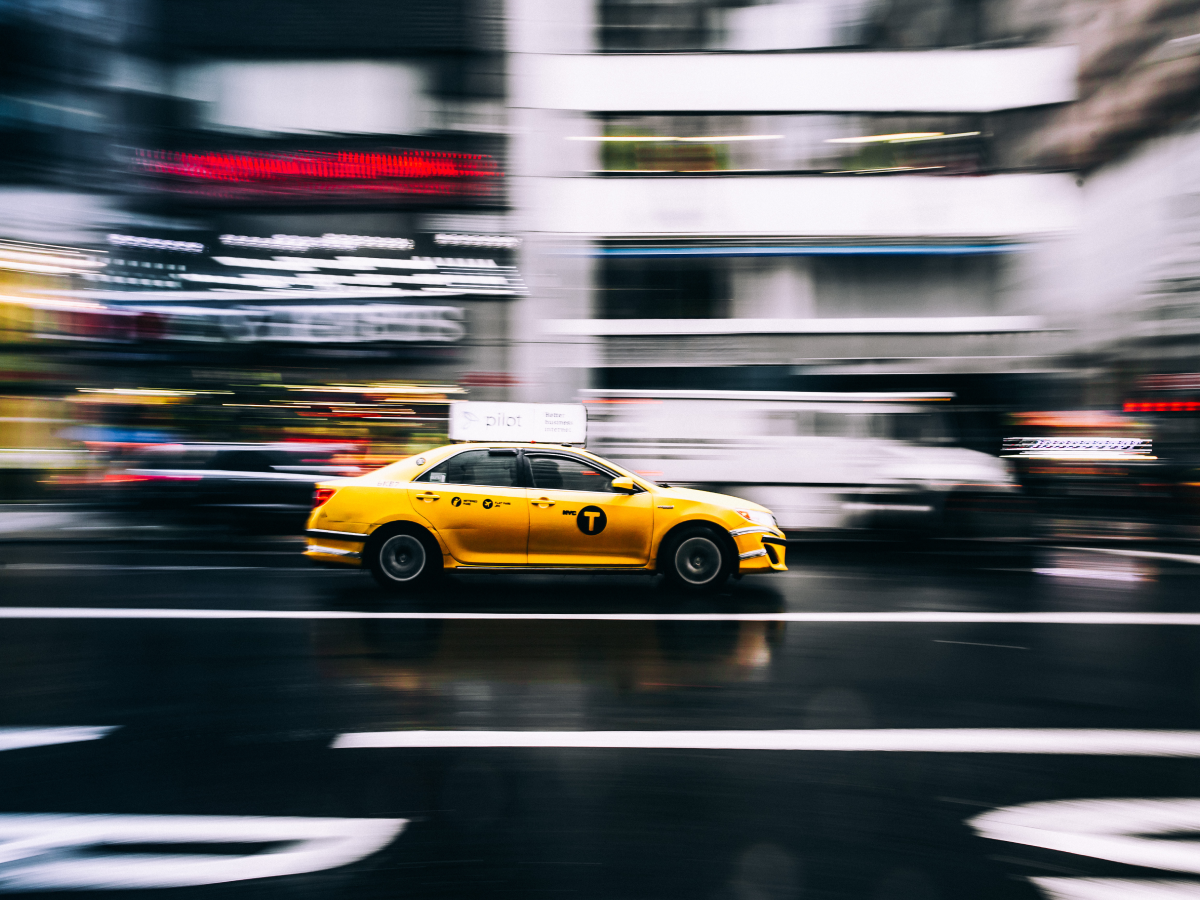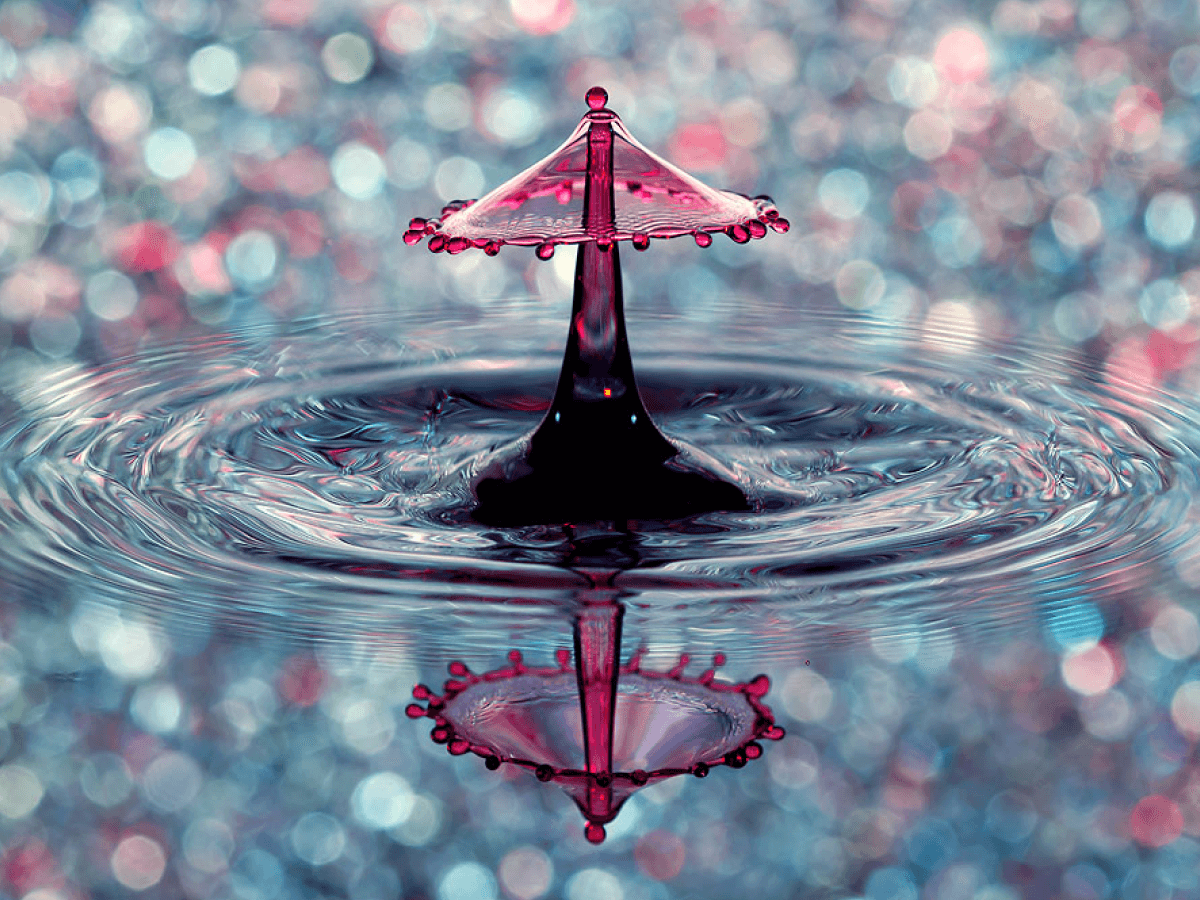Photographers continually explore new methods to add creativity and depth to their images. One particularly captivating approach is using long shutter techniques—also known as long exposure photography—to capture expressive motion in a single, dynamic shot. If you’ve admired images of silky waterfalls, glowing city streets, or sweeping star trails, you’re witnessing the artistic use of long shutter speeds.
Let’s dive into how you can harness these techniques to create compelling photographs.
Understanding Long Shutter Techniques
Long shutter techniques involve intentionally extending your camera’s shutter speed, allowing the sensor to record movement as motion blur. Rather than freezing action, these techniques create fluidity and dynamism, transforming ordinary scenes into visually striking art.
Common subjects captured using long shutter speeds include flowing water, moving vehicles, drifting clouds, and star trails.
Essential Gear for Successful Long Shutter Photography
You don’t need extensive equipment to start, but these items significantly improve your results:
- Tripod: Essential for stability during long exposures, preventing unintended blur.
- Neutral Density (ND) Filters: Helps manage exposure by reducing light entering the lens, enabling longer exposures in brighter conditions.
- Remote Shutter Release: Minimizes camera shake when triggering the shutter, resulting in sharper images.
How to Set Your Camera for Motion Blur
To achieve expressive motion, carefully adjust your camera settings:
- Shutter Speed: Typically between a few seconds to several minutes, depending on your scene. Experimentation is key.
- Aperture: Opt for narrower apertures (f/8 to f/16) to enhance depth of field and image sharpness.
- ISO: Keep ISO low (100-200) to reduce noise and maintain image quality.
For example, capturing silky water usually involves shutter speeds around 1 to 5 seconds. For star trails, exposures can range from several minutes to hours.
Tips to Create Impactful Long Exposure Images
Choose Moving Elements Thoughtfully
Identify scenes that inherently include motion, such as waterfalls, busy streets, or celestial bodies. The inherent movement is essential to producing dramatic effects.
Experiment with Exposure Duration
Shorter long exposures (around 1-2 seconds) maintain recognizable forms, while extended exposures (10 seconds or more) yield abstract and ethereal effects.
Focus on Composition
Compose intentionally, using motion blur as a compositional tool. Consider how leading lines, symmetry, or the placement of static versus moving elements impact your viewer’s experience.
Manual Focus in Low Light
Auto-focus can struggle in dim conditions. Switch to manual focus to precisely control your focal point and avoid accidental softness.
Common Mistakes and How to Avoid Them
Long shutter photography has unique challenges. Here are frequent pitfalls and how to prevent them:
- Unintended Camera Movement: Always secure your camera with a sturdy tripod and consider using a remote shutter release.
- Overexposure During Daytime: Use Neutral Density (ND) filters to limit incoming light for proper exposure control.
- Lack of Clear Subject: Clearly define your main subject to prevent overly abstract or confusing compositions.
Inspirational Subjects for Long Shutter Photography
If you’re looking for inspiration, here are excellent subjects to experiment with:
- Waterfalls and Seascapes: Capture silky water textures and soft waves.
- Nighttime Cityscapes: Use car headlights and streetlights to create vibrant streaks of color and energy.
- Astrophotography: Create awe-inspiring star trails to illustrate the earth’s rotation.
Conclusion: Embrace Creativity with Long Shutter Techniques
Mastering long shutter photography opens endless creative possibilities. By embracing experimentation and thoughtfully choosing your settings and subjects, you can transform everyday moments into captivating imagery.
Start exploring these expressive motion techniques today—your creative journey awaits.
Extended reading: Shutter speed | The essential guide for photographers

